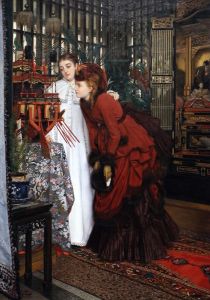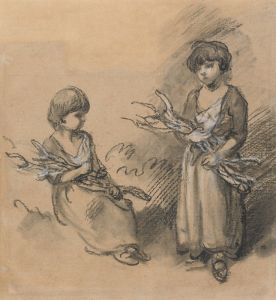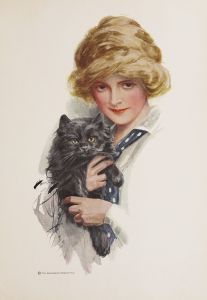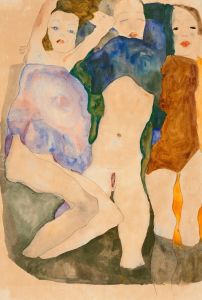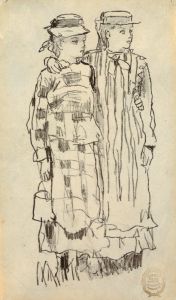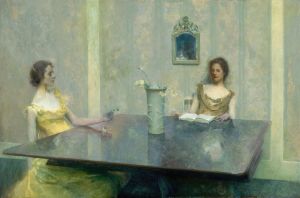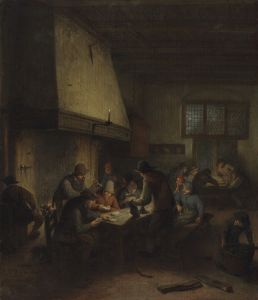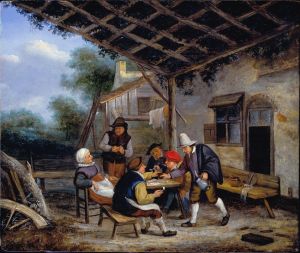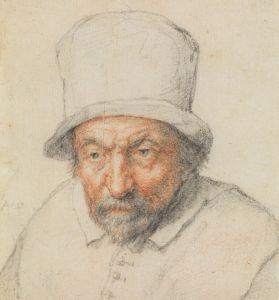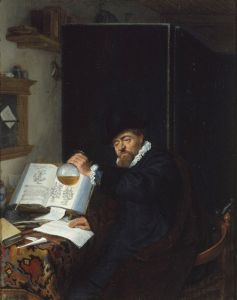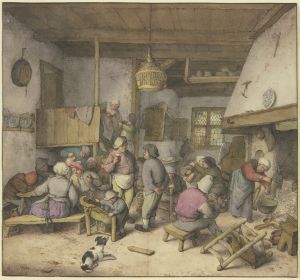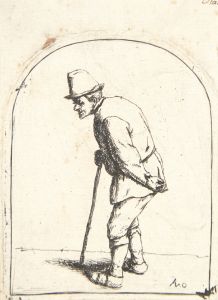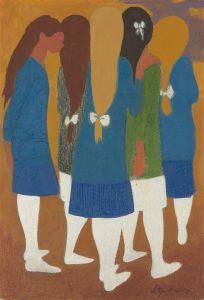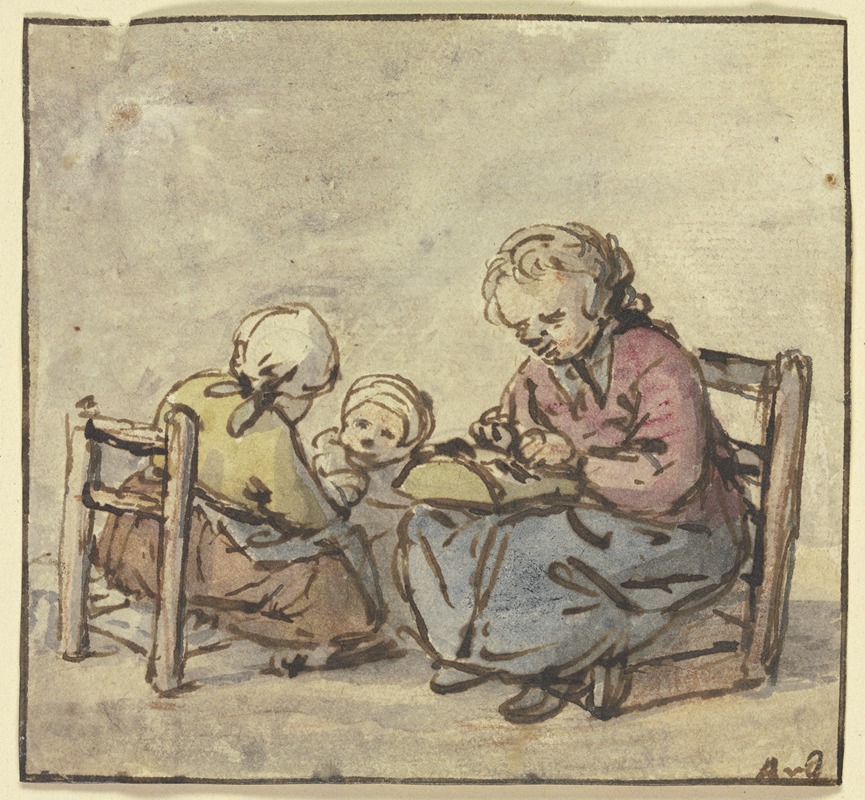
Drei Mädchen, das älteste beim Spitzenklöppeln
A hand-painted replica of Adriaen van Ostade’s masterpiece Drei Mädchen, das älteste beim Spitzenklöppeln, meticulously crafted by professional artists to capture the true essence of the original. Each piece is created with museum-quality canvas and rare mineral pigments, carefully painted by experienced artists with delicate brushstrokes and rich, layered colors to perfectly recreate the texture of the original artwork. Unlike machine-printed reproductions, this hand-painted version brings the painting to life, infused with the artist’s emotions and skill in every stroke. Whether for personal collection or home decoration, it instantly elevates the artistic atmosphere of any space.
Adriaen van Ostade was a prominent Dutch Golden Age painter known for his genre scenes depicting peasant life. One of his works, "Drei Mädchen, das älteste beim Spitzenklöppeln" (translated as "Three Girls, the Eldest Lacemaking"), is a fine example of his ability to capture the everyday activities and domestic interiors of the 17th century.
Adriaen van Ostade was born in 1610 in Haarlem, a city that was a significant center for art during the Dutch Golden Age. He studied under the influential painter Frans Hals, which greatly impacted his style. Ostade's works are characterized by their detailed observation of rural life and the use of warm, earthy tones. He often depicted scenes of peasants engaged in various activities, providing a glimpse into the daily life of the lower classes in the Netherlands during this period.
"Drei Mädchen, das älteste beim Spitzenklöppeln" is a painting that exemplifies Ostade's focus on intimate, domestic scenes. The painting portrays three young girls, with the eldest engaged in the delicate task of lacemaking. Lacemaking was a common activity in the 17th century, particularly among women and girls, and it was an important domestic craft that contributed to the household economy. The painting captures the concentration and skill required for this intricate work.
Ostade's attention to detail is evident in the depiction of the girls' clothing and the interior setting. The warm lighting and the careful rendering of textures, such as the lace and the wooden furniture, create a sense of realism and intimacy. The composition draws the viewer's eye to the eldest girl, emphasizing her role and the significance of her task. The other two girls are depicted observing or assisting, which adds a narrative element to the scene.
The painting reflects Ostade's interest in the everyday lives of ordinary people, a theme that was popular among Dutch genre painters of the time. His works often contained subtle moral or social commentary, though "Drei Mädchen, das älteste beim Spitzenklöppeln" primarily focuses on the beauty and skill involved in a common domestic activity.
Adriaen van Ostade's paintings, including this one, are celebrated for their ability to convey the character and atmosphere of 17th-century Dutch life. His work provides valuable insights into the customs and activities of the period, making him an important figure in the history of genre painting. "Drei Mädchen, das älteste beim Spitzenklöppeln" is a testament to his skill in capturing the nuances of human interaction and the quiet dignity of everyday tasks.
Ostade's legacy continues to be appreciated by art historians and enthusiasts alike, and his paintings are held in high regard for their technical proficiency and their contribution to the genre painting tradition. His works can be found in major museums and collections around the world, where they continue to be studied and admired for their historical and artistic significance.





